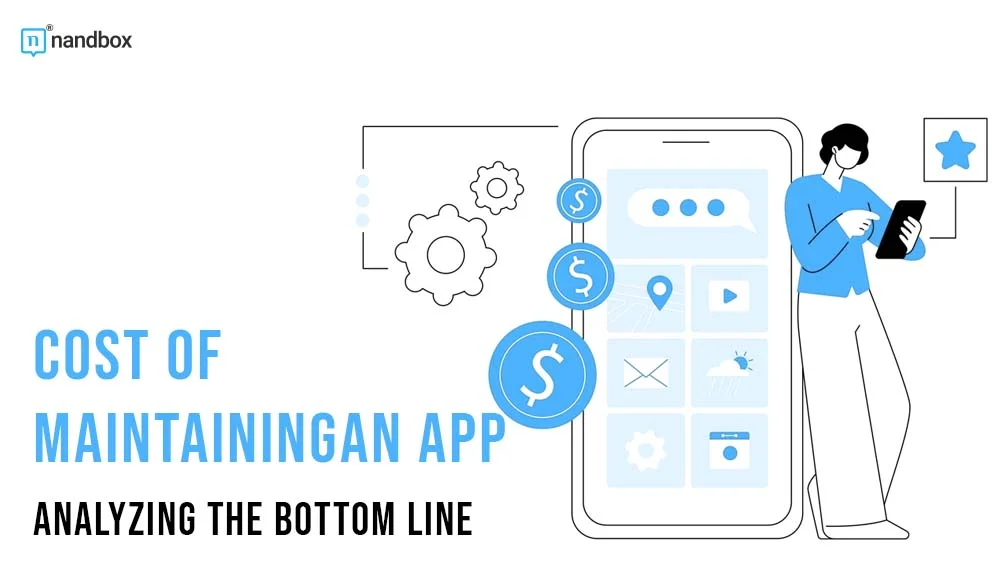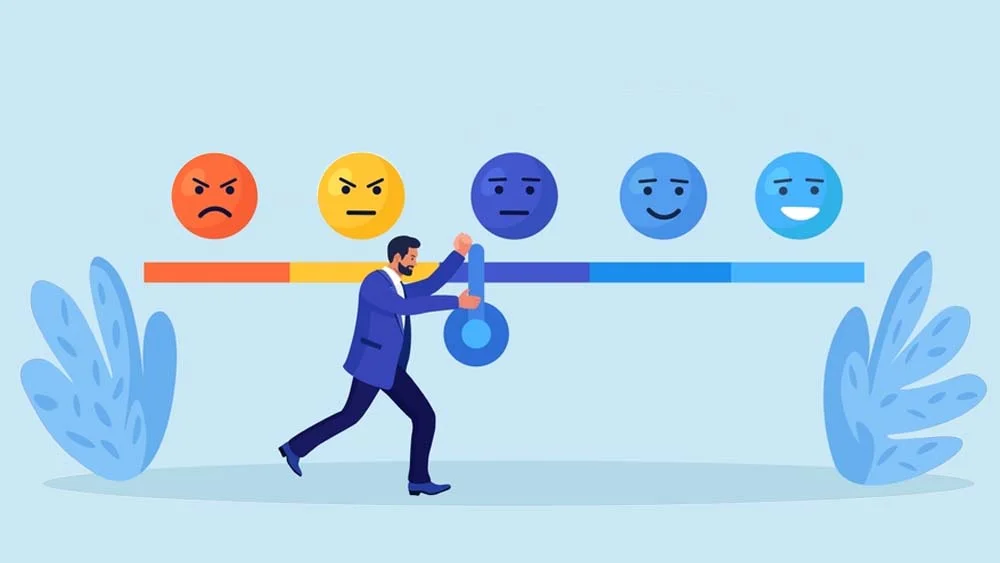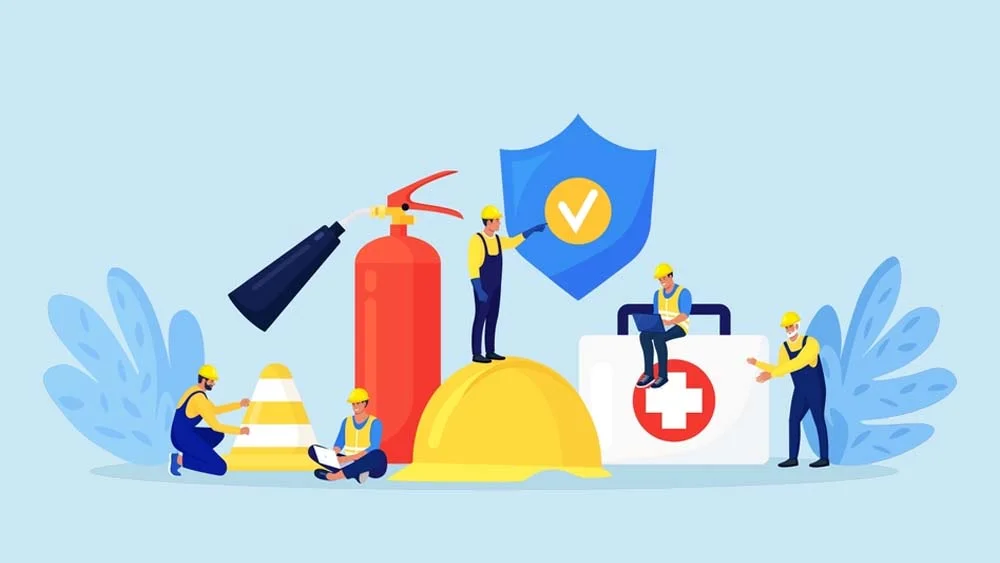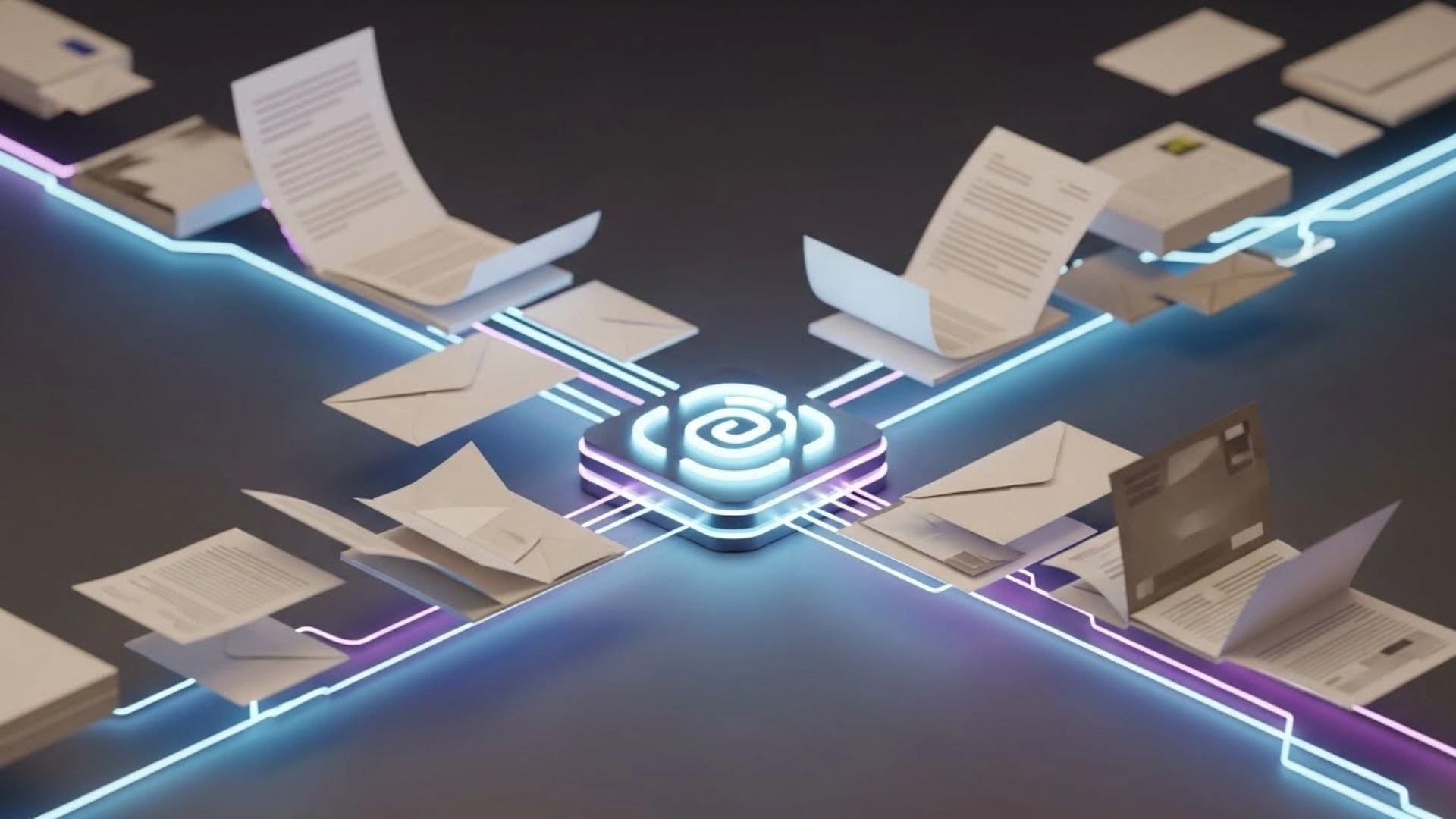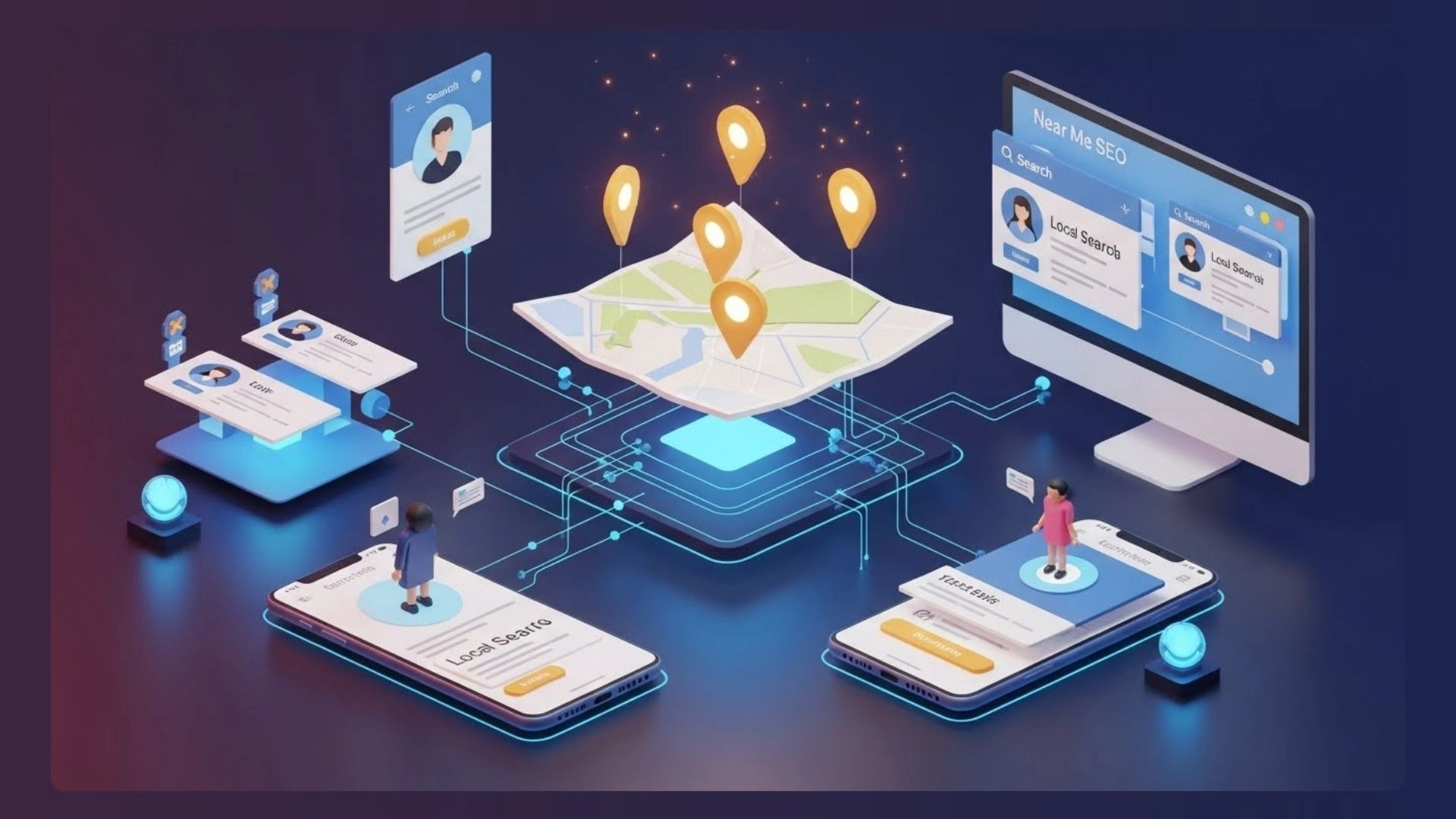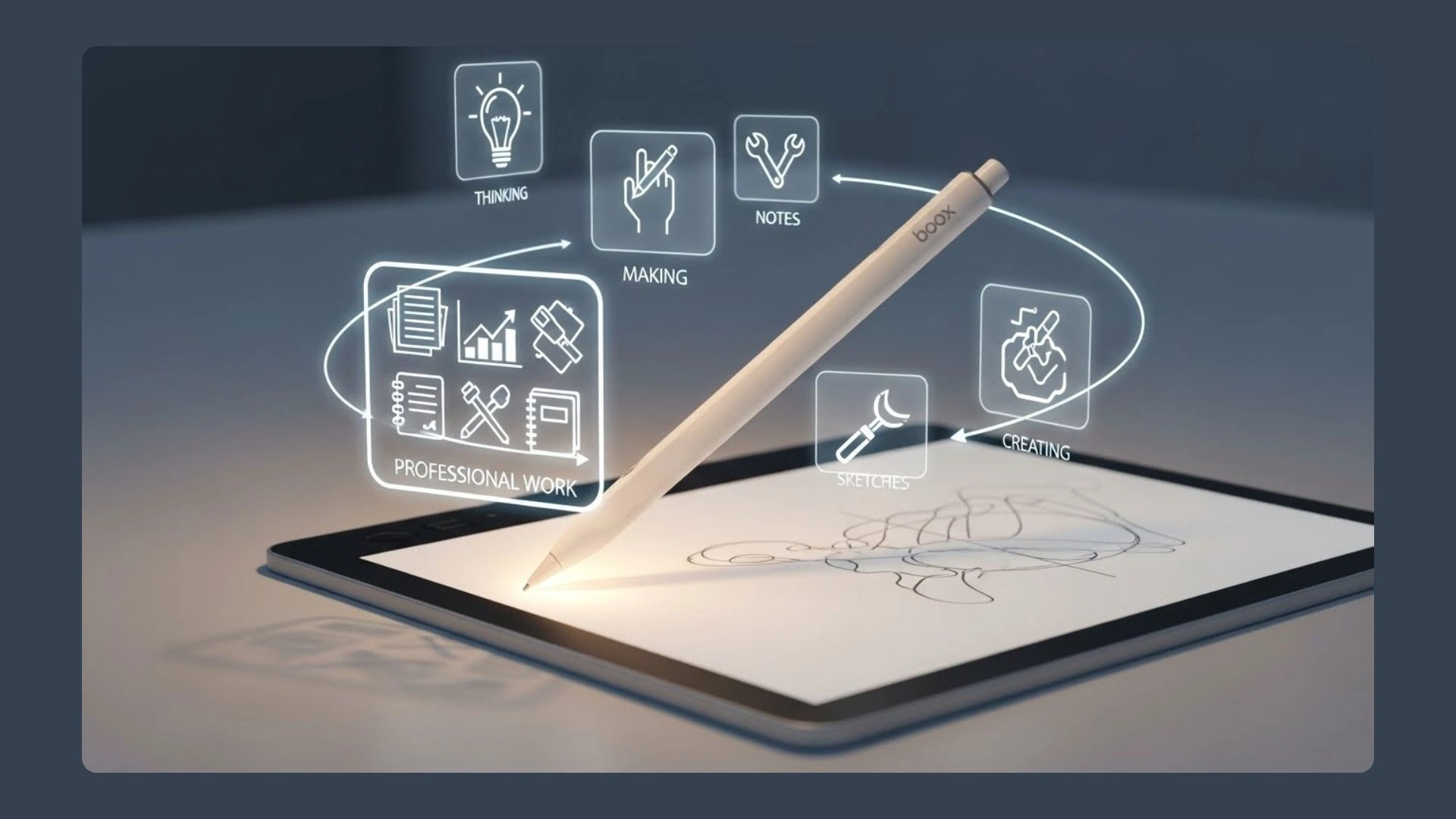A Step-by-Step Guide to Reducing App Maintenance Costs
Everything needs maintenance, including us humans. But when it comes to machines, software, and apps, the maintenance process is much broader and vast. The process of maintaining apps is one of the most important processes that a developer would definitely go through. There are a lot of reasons why, which we will list in the article, and you will know if you read it. In addition to these reasons, this article will focus on one specific area that developers focus on, which is cost. Given that maintenance is an ongoing process, how much does it take from the whole app development budget? In this article, we will demonstrate everything you need to know about the app maintenance process, from types to benefits. And of course, we will discuss the most important thing, which is the cost of maintaining an app.
What Does Maintaining an App Mean?
As we all know, the more the number of users around the world increases, the more the burden on app developers increases. The endless surge in the number of app users is directly associated with the sudden change in user needs and expectations of an app. In addition, the current technological advancements also have a major role in altering the needs and expectations of users, who now have high standards for the applications they want to use. This leaves developers with nothing to do but be stuck in a loop of regular app maintenance. So, let us define exactly what app maintenance is. App maintenance is the process of constant updating, alteration and sometimes restructuring of apps to improve their performance. Maintenance can sometimes be associated with fixing bugs and glitches that might hinder the user experience and cause major frustration. Another thing that can be included under the umbrella of app maintenance is upgrading, like adding new features, layout, design, sections, and so on. The term app maintenance is like an endless sea that will keep going as long as the application and advancements stand.
What is the Role of App Maintenance in the App Development Process?
So, what is the role of app maintenance in the app development process and where does it stand among other processes? The app development process is a vast and dynamic one that can change according to the app’s requirements, needs, and complexity. However, the one process or step of the app development process that doesn’t change no matter what is app maintenance. App maintenance is the last and long-term step of app development that comes right after publishing and promoting the app on all app stores. The moment that an app gains even one user, it starts a series of app maintenance tasks that last as long as the app operates.
Exploring Parts That Need Regular Maintenance in an Application
Well, the last section really emphasized the importance of app maintenance as a major part of the app development process, but which parts of the app need maintenance?
Server Infrastructure and Hosting
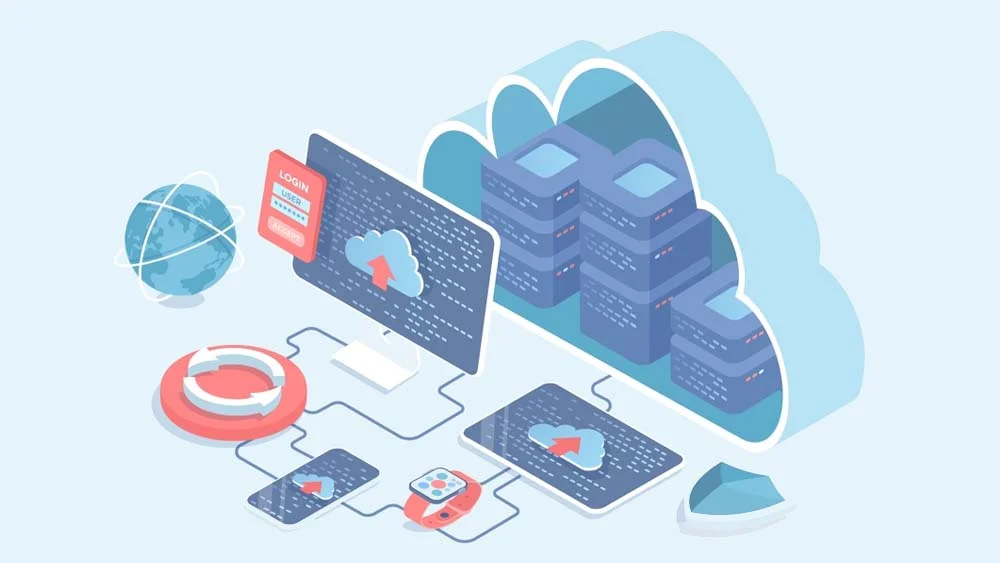
App maintenance extends to the server infrastructure and hosting environment. This involves monitoring server performance, ensuring sufficient resources for smooth operation, and scaling resources as needed to handle increasing user loads. Regular server updates, security patches, and configurations are essential to protect against vulnerabilities and ensure system stability and reliability.
User Interface and User Experience
The UI/UX elements require continuous attention to meet evolving user expectations. Regular maintenance involves conducting usability tests, gathering user feedback, and refining the interface to enhance the user experience. This includes updating design elements, improving navigation, and optimizing layouts for different devices and screen sizes. A seamless and intuitive UI/UX leads to higher user engagement and satisfaction.
Security Measures and Updates
Security is a critical aspect of app maintenance. Regular security audits, vulnerability assessments, and updates to libraries, frameworks, and dependencies are necessary to protect against emerging threats. Implementing encryption, secure authentication mechanisms, and adopting best security practices are ongoing efforts to safeguard user data and the application’s integrity.
Third-party Integrations and APIs
Many applications rely on third-party integrations and APIs for added functionality. Regular maintenance involves ensuring compatibility with updated versions of these integrations, addressing any deprecation issues, and testing for seamless integration. This ensures that the app continues to leverage external services without disruption.
Benefits of Regular App Maintenance
Enhanced User Experience
Keeping up with regular maintenance keeps the program running smoothly and error-free. Fixing bugs and performance issues as soon as they arise ensures the application’s dependability and smooth operation. The result is satisfied users who are more invested in the app and are more likely to come back for more.
Improved Security
Cyber risks and vulnerabilities are ever-changing. Patches, updates, and strong security measures are all part of app maintenance that secure user information as well as the app. To maintain user trust and protect sensitive information, it is important to conduct security audits and implement patches regularly.
Sustained Performance
Due to growing user numbers or outdated code, an app could experience performance issues over time. The performance of the app, its loading times, and its overall efficiency are all optimized by regular maintenance. This optimization guarantees the app’s continued high performance across all platforms and devices.
Adaptation to Technological Advancements
User expectations alter as technology changes quickly. When something is maintained, new features, functionality, or integrations can be added to keep up with current technology trends. By doing so, the app can maintain its relevance to users and stay competitive in the market.
Cost-Efficiency
If problems are caught and fixed promptly, they don’t have a chance to grow into major catastrophes that could drain all of your resources. In addition to saving time and money, regular updates and upgrades decrease the risk of large overhauls or redevelopments.
Regulatory Compliance
Businesses must adhere to several rules and regulations. Regular app maintenance safeguards the app from possible legal pitfalls and guarantees the privacy of user data by keeping the app up-to-date and in compliance with all current legal requirements.
Data-driven Insights
An important part of maintenance is looking at how users interact with the app and what they say. This data-driven method is useful for learning about users’ tastes, finding places to make enhancements, and deciding what features to add or update. It lets programmers focus on features that people actually want.
App Maintenance Types That You Should Know of
In light of continuing to prove how dynamic and valuable the app maintenance process is, we are going to explore a few of the types of app maintenance that developers have to go through.
1. Emergency Maintenance
Emergencies happen; even if you are 100% sure that they won’t, they still do. When it comes to applications, emergencies are flaws and bugs that developers never expected and are completely unforeseen. These emergency bugs or glitches usually need to be maintained immediately as they can compromise the user experience.
2. Preventive Maintenance
Preventive maintenance, on the other hand, is one type that aims to eradicate the chances of emergency maintenance happening. This includes ongoing and continuous maintenance that addresses all the potential issues and maintains a uniform and superb experience.
3. Corrective Maintenance
Corrective maintenance is the most common type of maintenance that developers encounter daily. It is the process of addressing issues that already exist or have resurfaced upon the usage of the app. Solving these issues is immediate and needs to be done as soon as developers find any bugs.
Estimating the Total Cost of Maintaining an App
We have previously mentioned that the process of maintaining an app is cost-efficient. So, it is logical that the cost of maintaining an app would be an affordable one. That app maintenance is indeed cost-efficient, but that is in the case of preventing huge and major issues from taking place that would place an additional burden on developers and businesses. However, the process itself is expensive, given the time, resources, and tools involved. So, let us be straight: how much does it cost to maintain an app? Well, let me surprise you by saying that to maintain an app, you’d need from 15% to 20% of the whole app development budget. I know this is a big percentage if you think about it. Additionally, this is only an estimate that varies according to your app type, whether it is a native or a web app, app complexity, and so on.
So, let us say that you have a somewhat complex app with a decent number of integrations and features. Such an app would cost somewhere between $60,000 and $85,000 to maintain. This means that to maintain an app like this, you would need around $10,000 to $15,000. The bill can go up if the number of your maintenance visits per month increases.
This leaves small businesses with the app in a difficult situation as maintenance can be very contrasting to their budget, which is already small.
Wrapping It Up
Maintaining your app is one of the many processes that developers will encounter. It is the only ongoing process that will help you keep your app adapted to any market changes and improve its functionality to appeal to your target audience. However, the major problem lies in the cost of maintaining an app. As we previously illustrated, it takes up a huge portion of the app’s whole budget and fluctuates from time to time. Luckily, developers have found the ultimate solution that will not only help them develop apps but maintain them as well. No-code app building is now the new direction of app development, given the flexibility and superb functionality it offers. No-code app building also makes maintaining an app easy and cost-efficient. Doing that would only require some clicks here and there. So, for instance, in the nandbox app builder, maintaining your app would just require accessing the platform, making your alternation, and that is it. Whether it is a bug fix, a new feature, and so on. Additionally, if your app encountered a major issue, the nandbox app builder would be on it and fix it in no time.
So, now you have affordable development, maintenance, and exceptional support. What else could you be looking for? Try the nandbox app builder now and make your app maintenance process as easy as ever.
